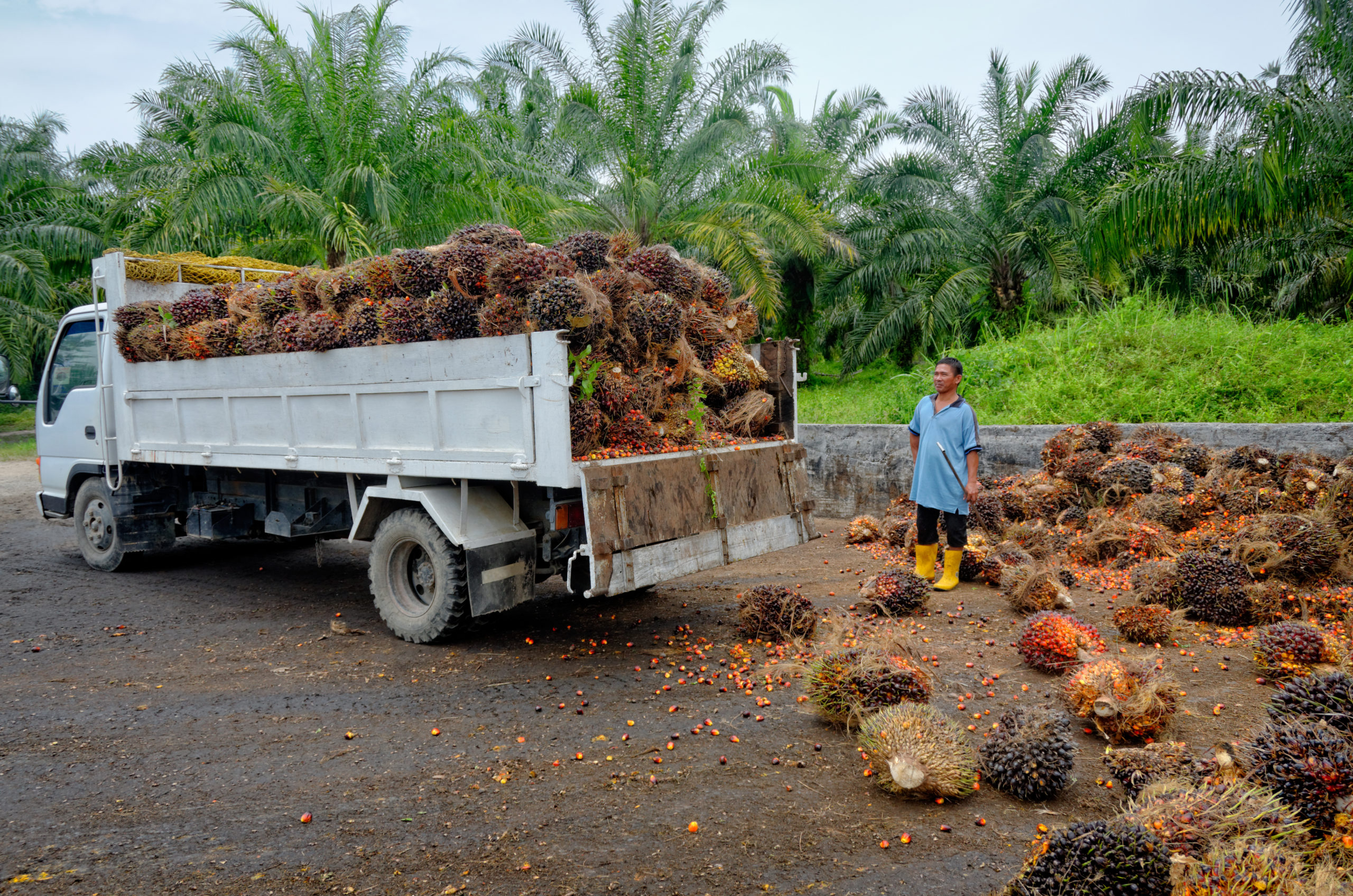The modern-day person can walk into a grocery or convenience store and buy products with ten ingredients they have never heard of before. In fact, there are some common ingredients that can be found in most of our everyday products whose origin and environmental impact are a mystery to the average person despite their significance. One such ingredient is palm oil.
As an odorless, colorless, semi-solid oil at room temperature that is resistant to oxidation, palm oil can be used as a natural preservative and help maintain the perfect creamy consistency in countless products ranging from ice cream and butter to lipsticks and deodorants. Its stability at high temperatures makes it an ideal ingredient for cooking, and can even be found in some types of gasoline.
On top of the useful properties mentioned above, the oil palm tree is one of the highest-yielding crops in the world, meaning it can produce high quantities of oil through minimal amounts of land. Palm seed oil has therefore become a cheap alternative to vegetable oils such as olive, grapeseed, or coconut oil. This final factor makes palm oil one of the most versatile and profitable ingredients on the market. These combined properties have made palm oil one of the world’s most commonly used ingredients and can currently be found in nearly 50% of the packaged goods in stores. So, why is palm oil a problem?
Native to tropical regions and initially discovered in West Africa, the palm tree fruit is currently grown primarily in South East Asia. Unfortunately, despite the crop’s ability to produce large amounts of oil with minimal land, its drastically high demand has made it one of the primary drivers of deforestation in Malaysia and Indonesia, which currently produce 85% of the world’s palm oil.
These and other tropical regions have a delicate and essential ecosystem that relies on their tropical forests. Local species like the endangered orangutan rely on the forest for food and shelter. Additionally, the Earth depends on forests and jungles to absorb carbon dioxide and solar radiation. Rainforests produce 20% of the planet’s Oxygen and return 50% of its precipitation into the atmosphere through evaporation, serving as a critical regulator of rainfall around the globe.
By tearing down acres of rainforest to plant palm oil trees, exorbitant amounts of CO2 are released into the atmosphere. At the same time, the amount of Oxygen produced is being reduced, and native species’ habitats are broken down to nothing. To make things more problematic, the harvesting process in palm oil-producing countries has been known to use child labor and other unethical practices. Unsustainable palm oil production does more than promote deforestation. Additionally,uprooting thousands of acres of rainforest to make room for palm oil trees over time disrupts the region’s water cycle. A lack of greenery to absorb rainwater leads to excessive runoff. This drastically reduces the amount of water available to evaporate back into the atmosphere, impacting rain patterns in surrounding regions and leading to excessive runoff. Natural disasters (link natural disasters post here) like floods are then much more likely to occur.
The ingredients used to create the food, cosmetics, and anything else we use in our daily lives come from somewhere. We may not always see the raw ingredients or even know their origin, yet, their impact may be greater than you imagine. Palm oil may be one of the most revolutionary ingredients discovered and utilized in modern-day products. Yet, if it is not produced ethically and sustainably, its downsides far outweigh its benefits. Understanding its environmental, social, and cultural impacts is extremely important.
To learn more about how human activities impact the environment and the world’s energy resources, visit Resourcefulness.org and follow us on Instagram and Facebook.


